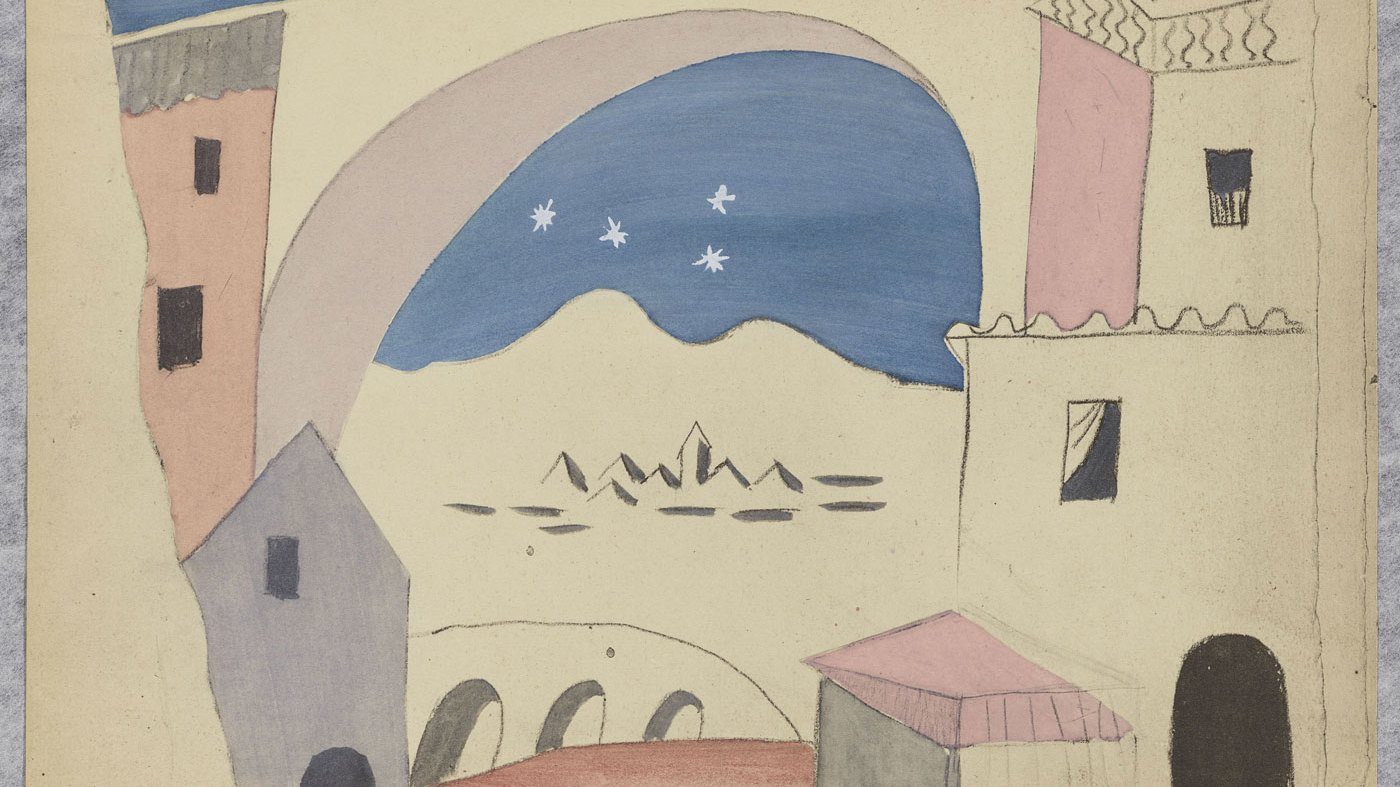Ravel’s “Miroirs”: Reflections on the Nature of Reality
…the eye sees not itself, but by reflection, by some other things. -William Shakespeare Maurice Ravel was fascinated by this line from the first act of Shakespeare’s Julius Caesar. Perhaps these words, laced with mysticism and challenging the nature of reality, are not so far off from the French symbolist aesthetic of the late nineteenth century. The line between reality and reflection blurs in Ravel’s five-movement suite for solo piano, Miroirs (“Reflections”), written …







